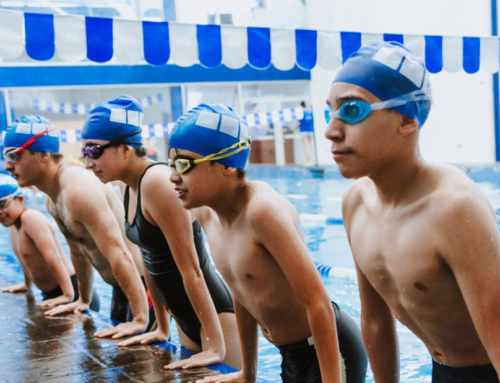Bullying in youth sports can lead to athletes leaving the team and the sport; they may drop out of activity altogether. Sports reflect the society that we live in: unacceptable behaviors in the workplace or school classroom should be inappropriate in the sports environment. As coaches are in charge of creating and fostering that environment, they must be aware of the adverse effects of bullying and do their best to prevent them.
Coaches Are Role Models
Coaches are role models: how they act filters down throughout the whole team. The first guideline should always be, ‘Don’t be a bully yourself.’
How do you know if you are a bully? Unfortunately, there is no clear definition of actions that comprise bullying. In most coaching books, bullying isn’t even mentioned. That doesn’t mean it doesn’t exist. The definitions relate to the victim’s perception: if they feel harassed, upset, or injured, they feel bullied. Abuse (neglect, physical, sexual and verbal) is unacceptable and illegal and should be reported.
Bullying is also associated with an imbalance of power. A coach making jokes about a player’s new haircut is different from two players joking with each other. What could be seen as banter between players can be seen as bullying when an authority figure does it. Or when a group of players taunts a single player, older players taunt younger players, and big ones taunt small ones.
Hazing
Hazing, or initiations, are examples of abuse of power. Actions that are repeated over time become rites of passage, ‘I had to do it last year, so you are going to do it this year.’ Some may be harmful enough, done in a public place: ‘Rookie songs or skits’ may be part of your culture. But drinking games, kangaroo courts, and anything touching other peoples’ bodies are unnecessary.
A good question to ask about team bonding activities is, ‘Would I be happy showing this to parents?’
If the answer is no, and you are allowing things to take place in secluded car parks at midnight, then you should think again. Many team bonding activities are challenging and fun, and safe.
Once you have set an example yourself, it is essential to communicate with the players and other staff that bullying will not be tolerated. Certain subjects should be off-limits, even when thinly veiled as banter: racism, sexism, homophobia, and religion. Any epithets associated with these subjects should also be on the forbidden list.
Other, less obvious forms of bullying can undermine your team from within. They may occur in your practice or, as is more common now, on social media. The latter is very hard to monitor and do something about. It is easier to set guidelines for group chats and forums where your players communicate in a shared space. When they are messaging each other individually, it isn’t easy.
Team Guidelines
Some guidelines that you may consider discussing with your players and coming to an agreement include:
- No gossiping behind someone’s back.
- Please don’t say something or write something that you aren’t prepared to say to their face.
- Showing tolerance for other people’s tastes: music (can be a big source of conflict in locker rooms), clothes, sleeping habits.
- A zero-tolerance approach to bad habits such as skipping practice and dangerous play.
It is quite possible to create a tough team by encouraging a work ethic and relentless pursuit of self-improvement without bullying. Showing concern for your players as people does not mean lowering standards of behavior in the team.
Setting competition within the team can also be a good thing, but not when the players try and hurt each other to prove a point. Constructive conflict and competition are a part of the sport. Creating an environment and culture where there is a sense of purpose together, rather than isolation and victimization, will make your team stronger and happier.
Original article posted on stack.com



